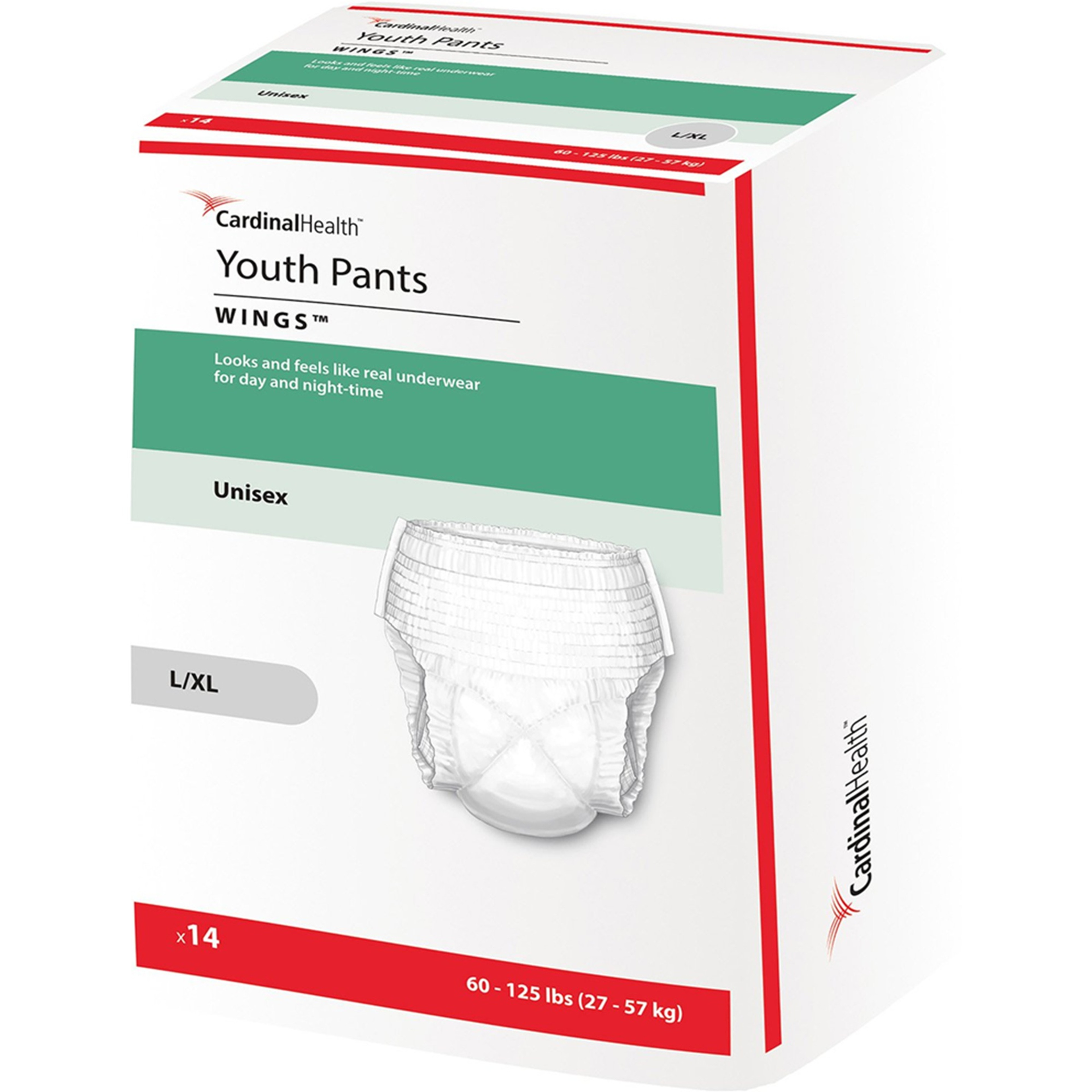
Wings Unisex Youth Pants Large/X-Large (28 - 43 inches) - Case of 56
Arrives Sat, Jan 3 - Tue, Jan 6

Arrives Sat, Jan 3 - Tue, Jan 6
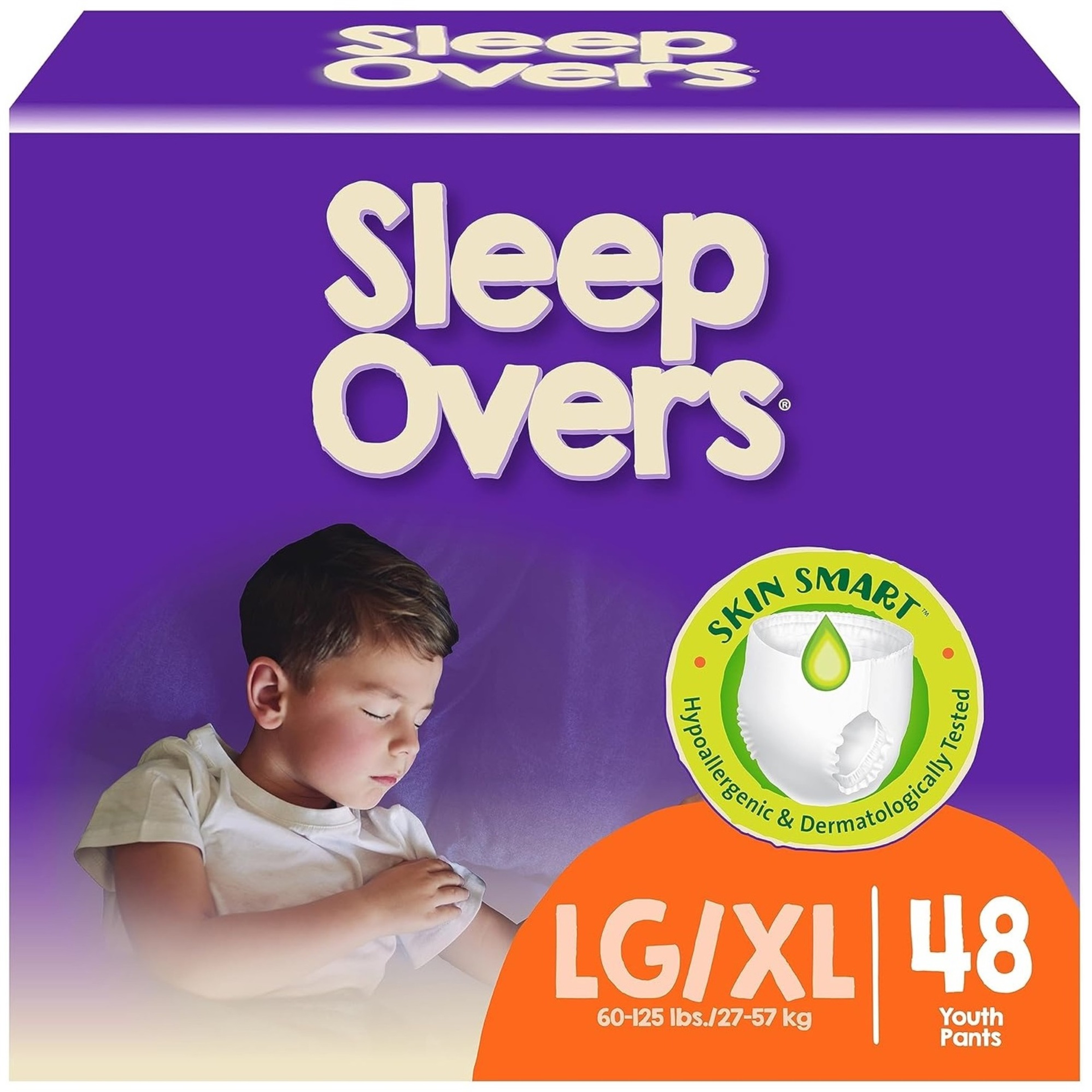
Arrives Sat, Jan 3 - Tue, Jan 6
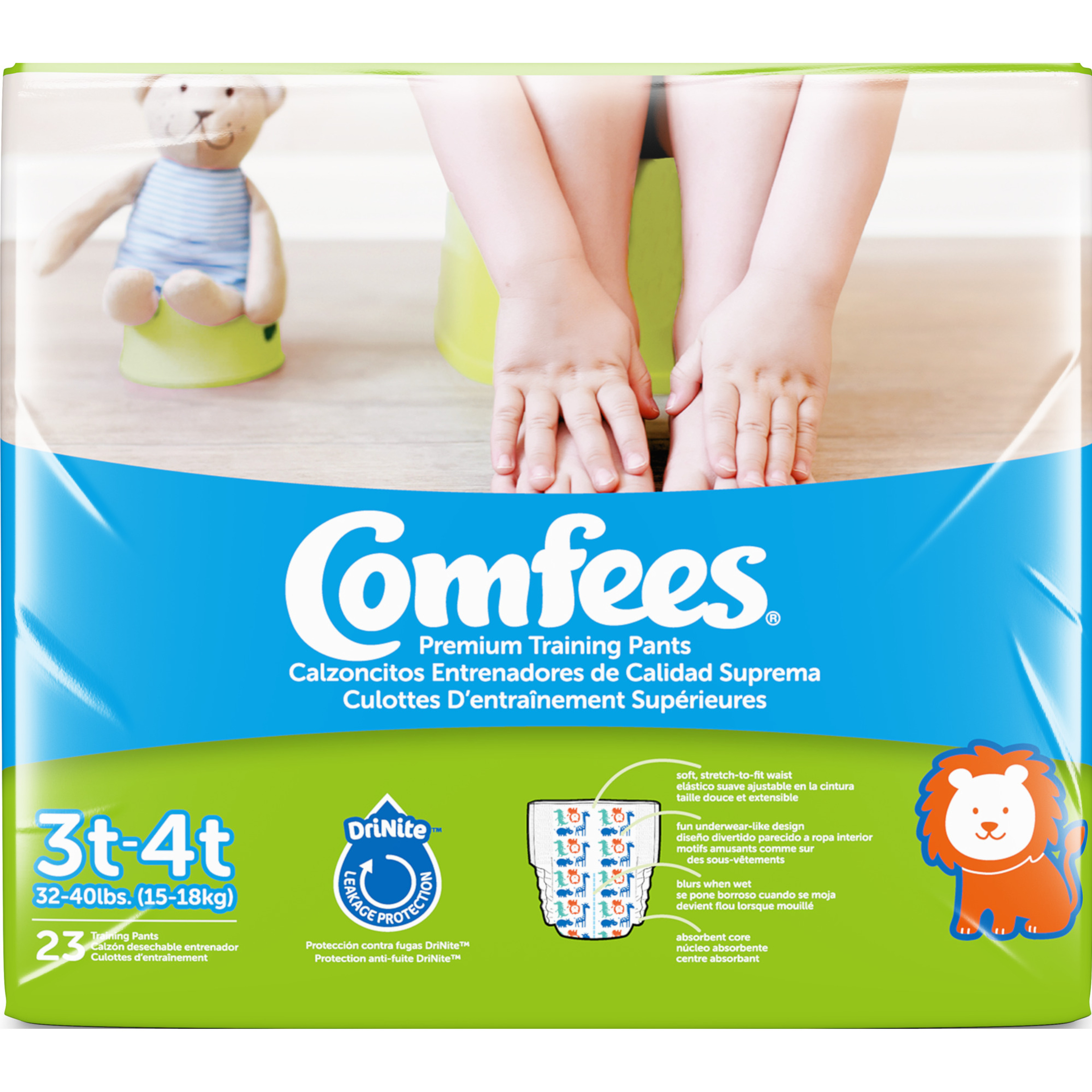
Arrives Sat, Jan 3 - Tue, Jan 6
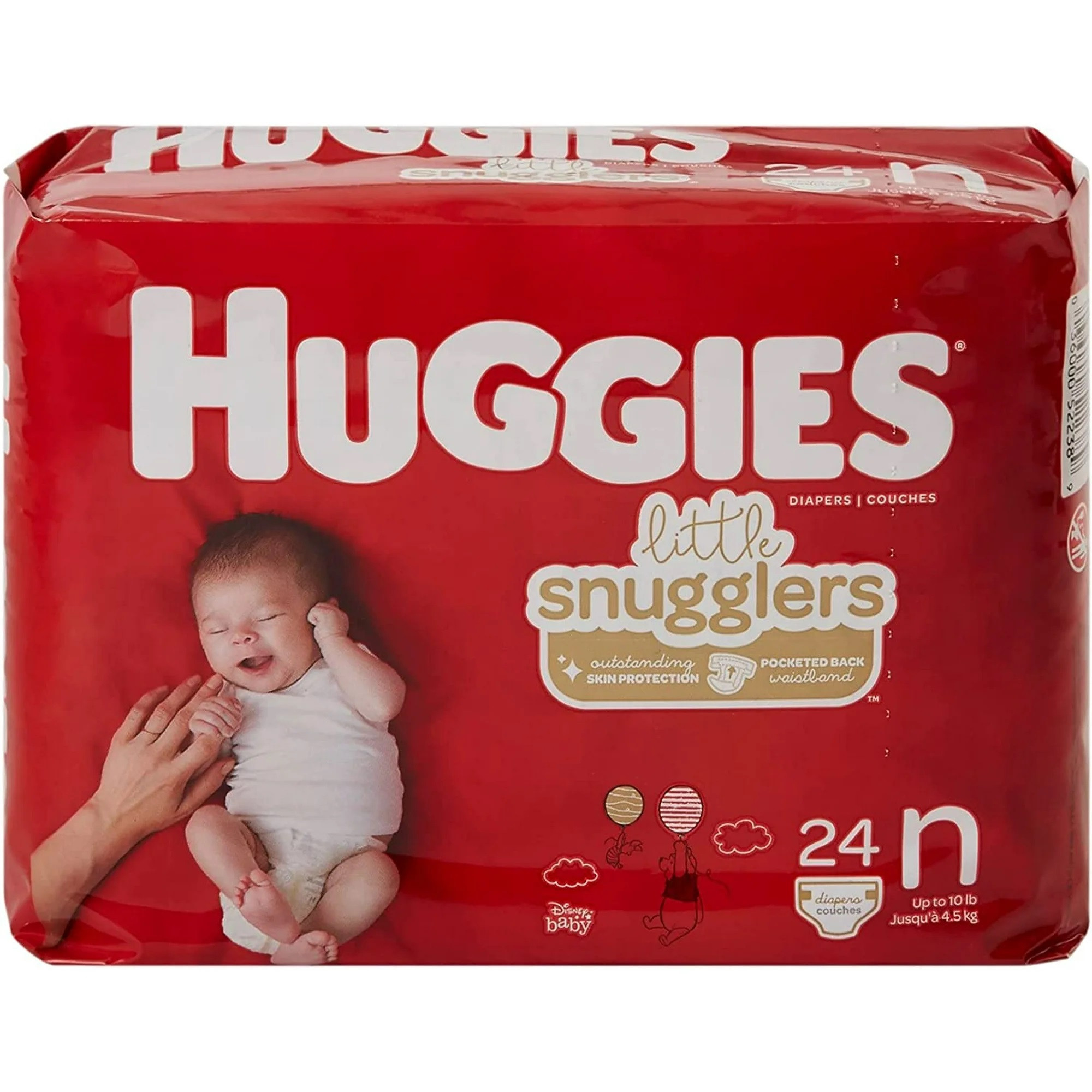
Arrives Sat, Jan 3 - Tue, Jan 6
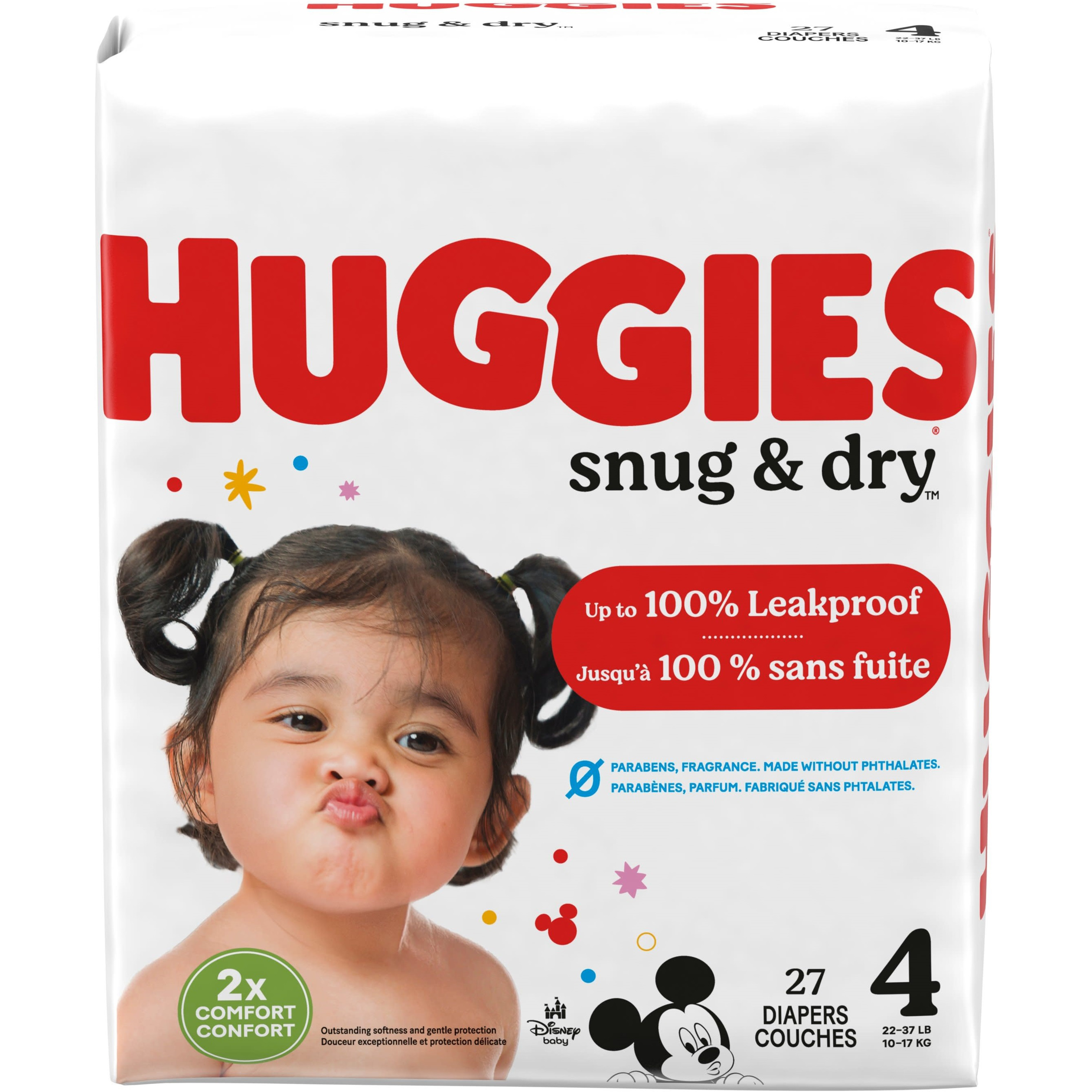
Arrives Sat, Jan 3 - Tue, Jan 6
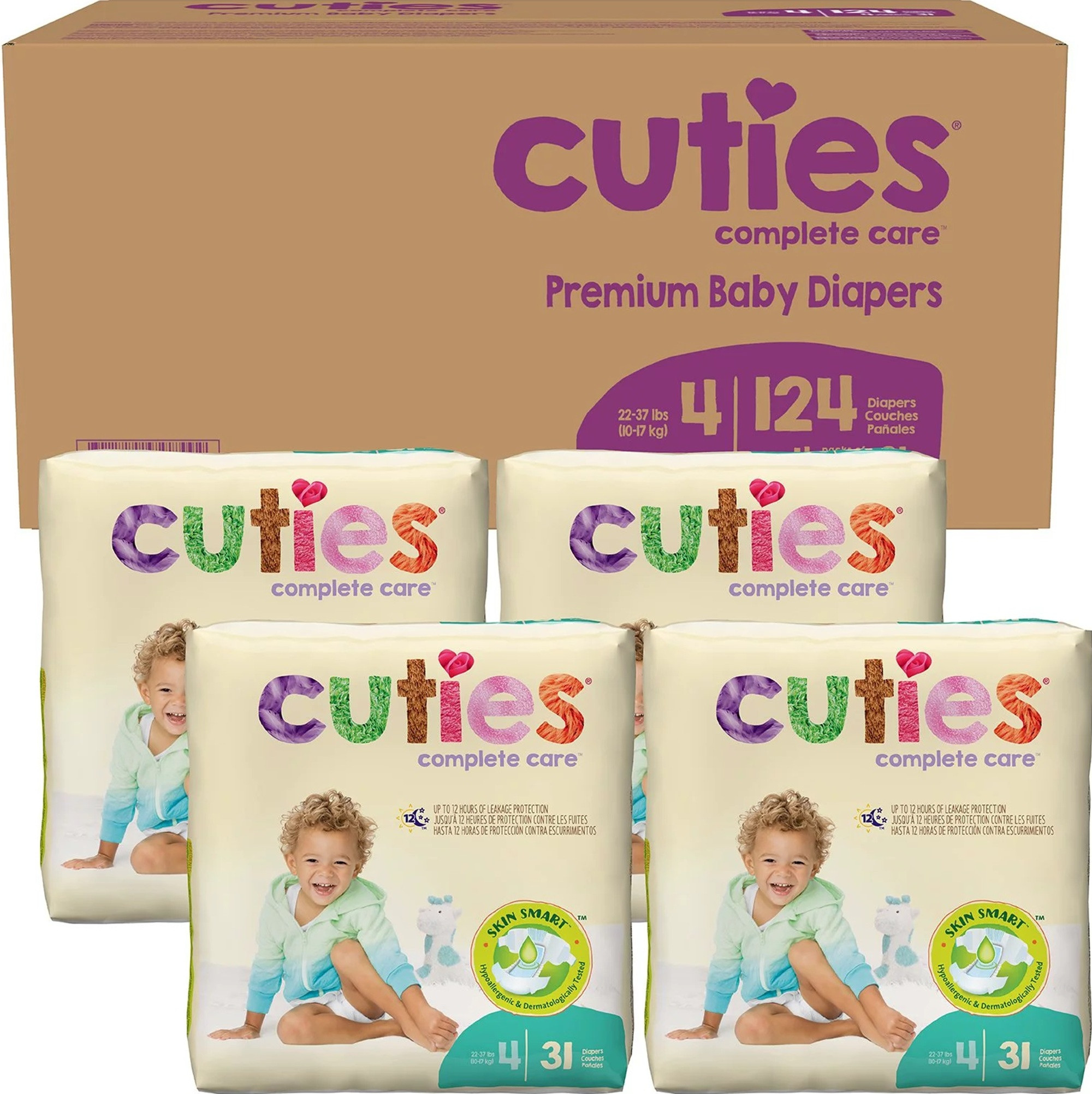
Arrives Sat, Jan 3 - Tue, Jan 6

Arrives Sat, Jan 3 - Tue, Jan 6
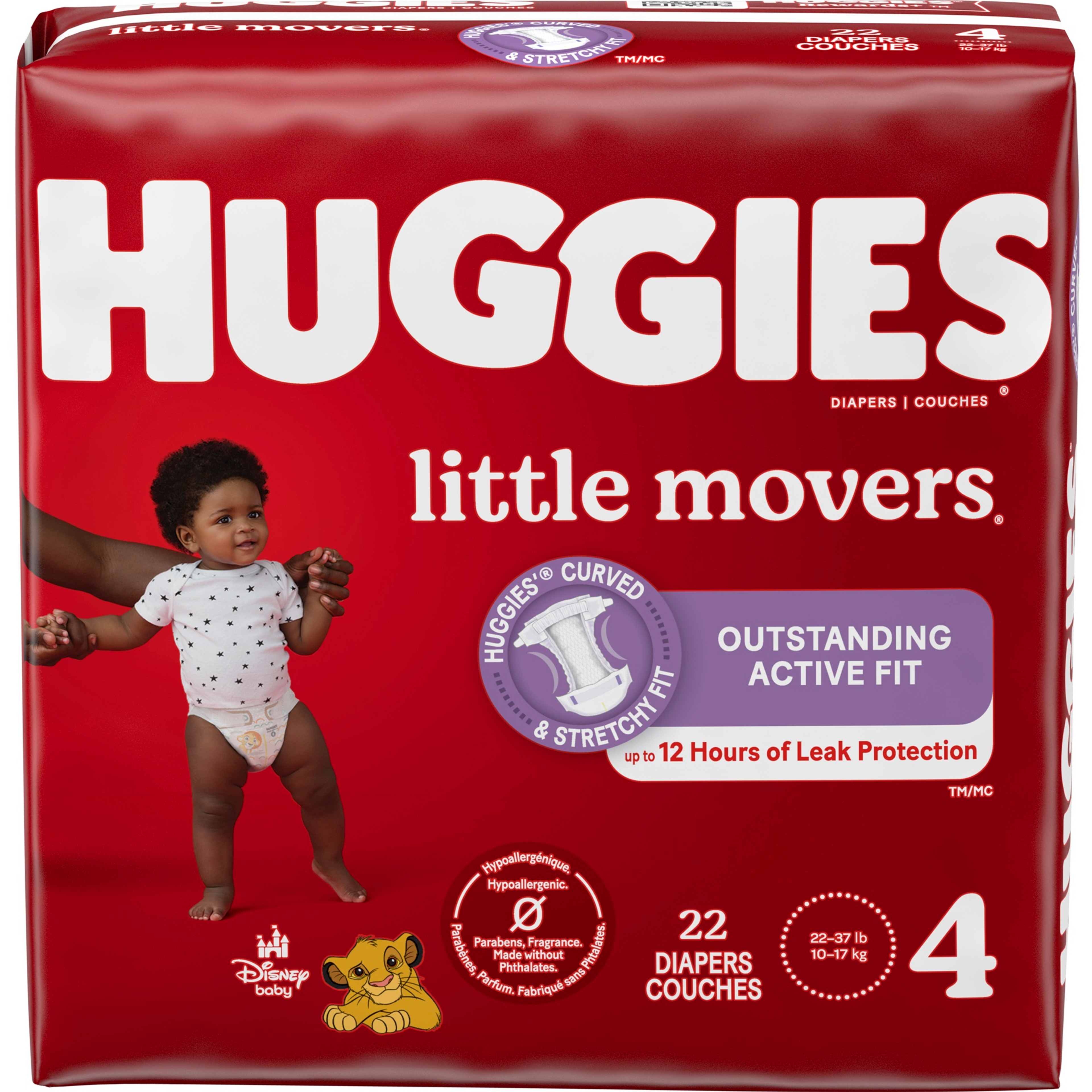
Arrives Sat, Jan 3 - Tue, Jan 6
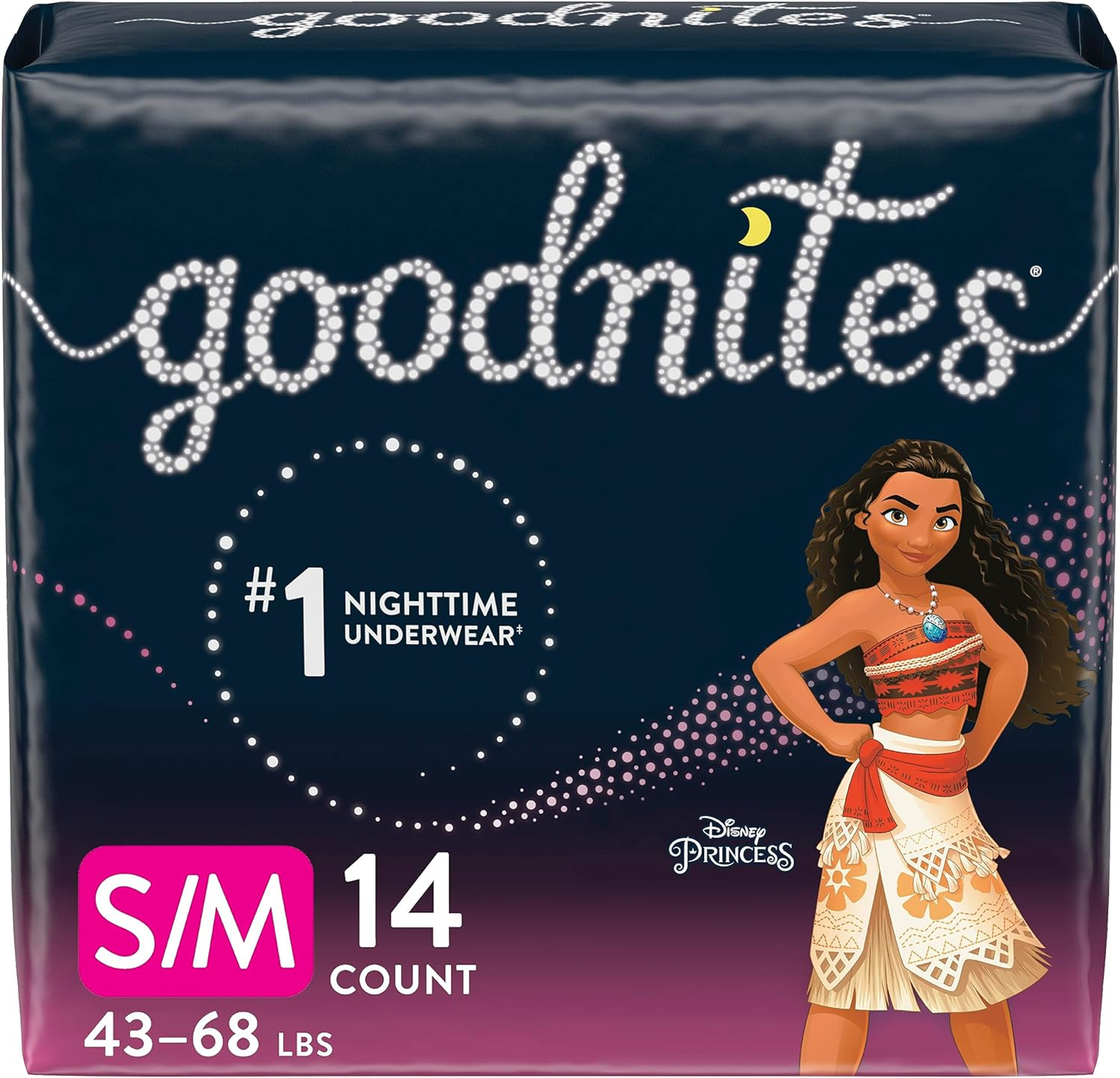
Arrives Sat, Jan 3 - Tue, Jan 6
FSA & HSA eligible
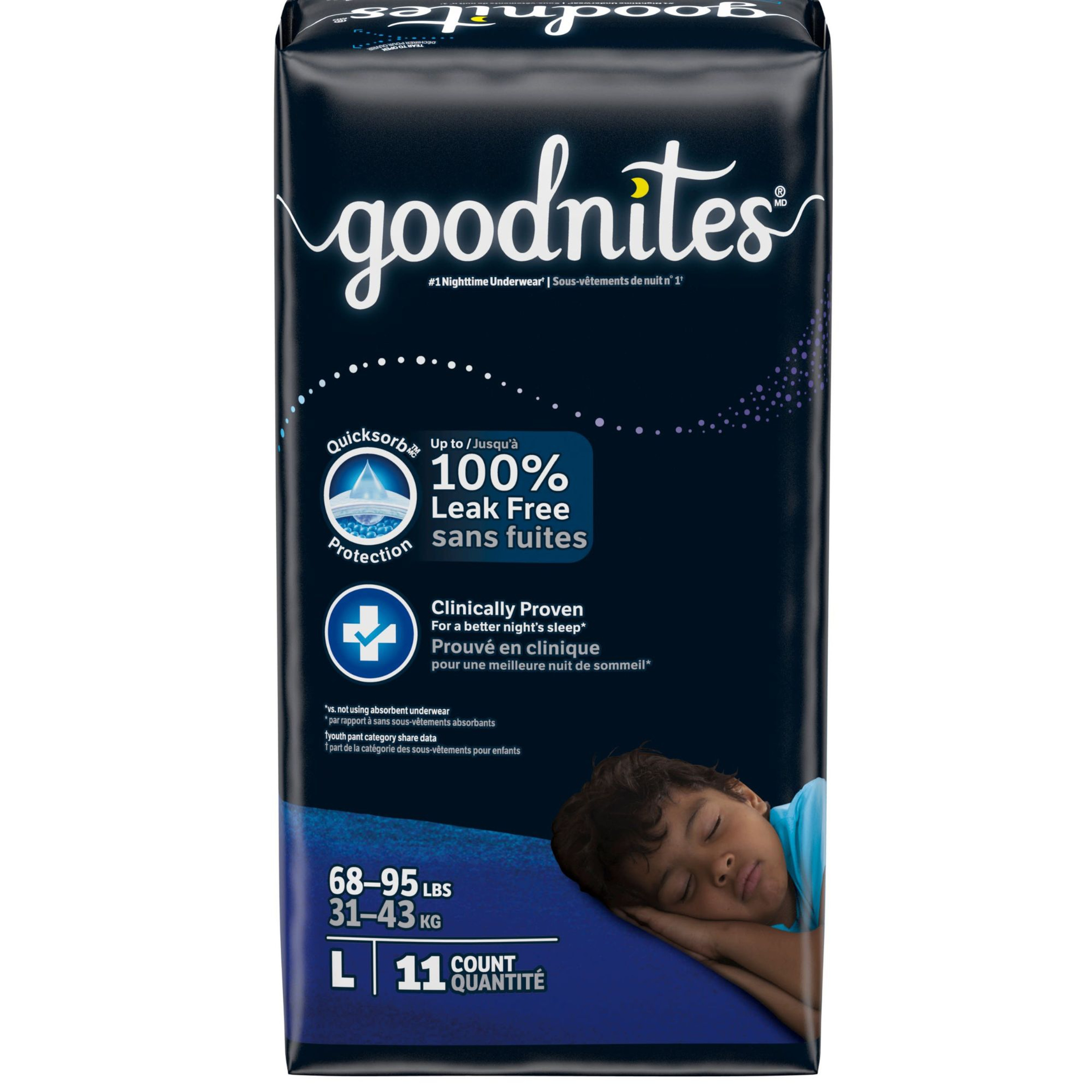
Arrives Sat, Jan 3 - Tue, Jan 6
FSA & HSA eligible
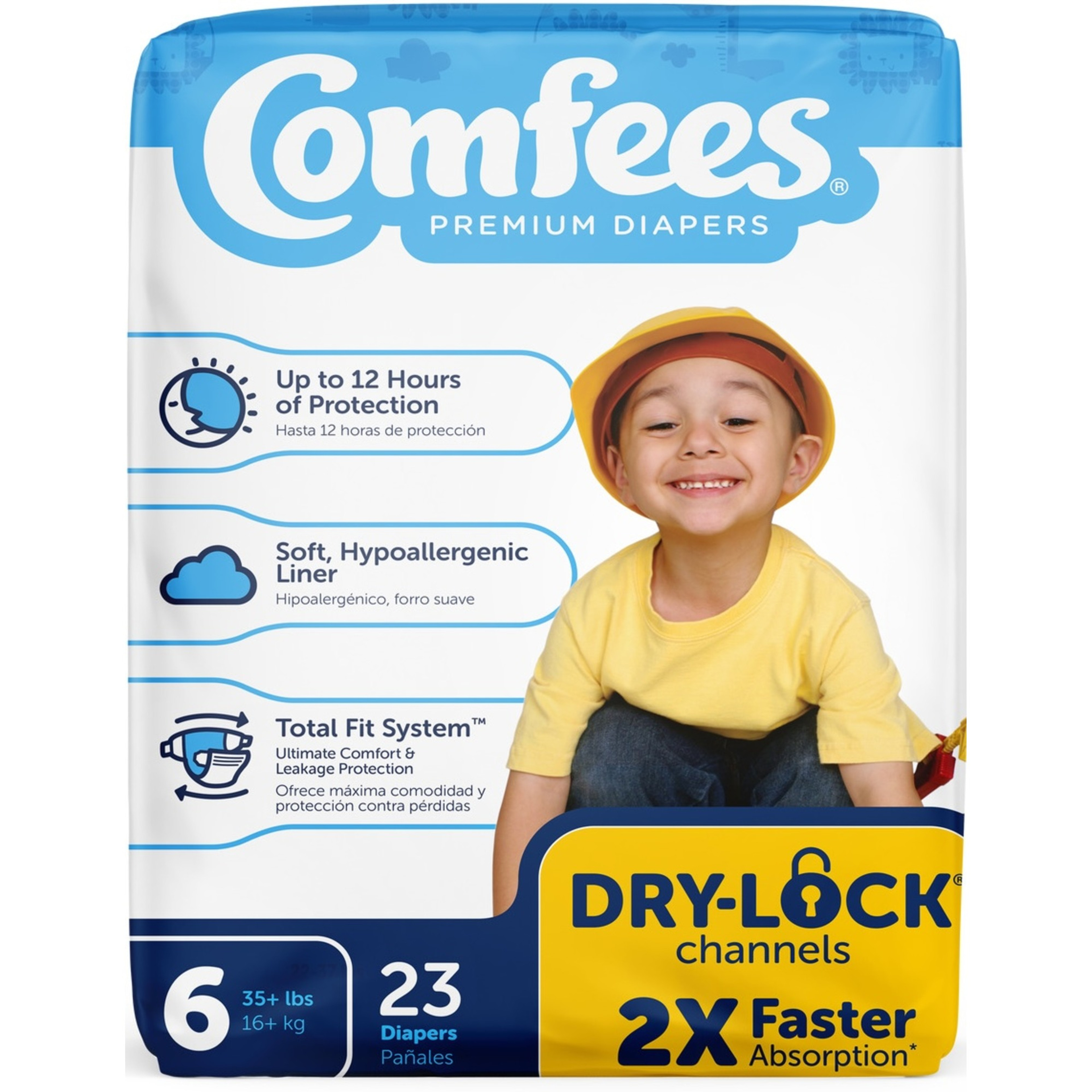
Arrives Sat, Jan 3 - Tue, Jan 6
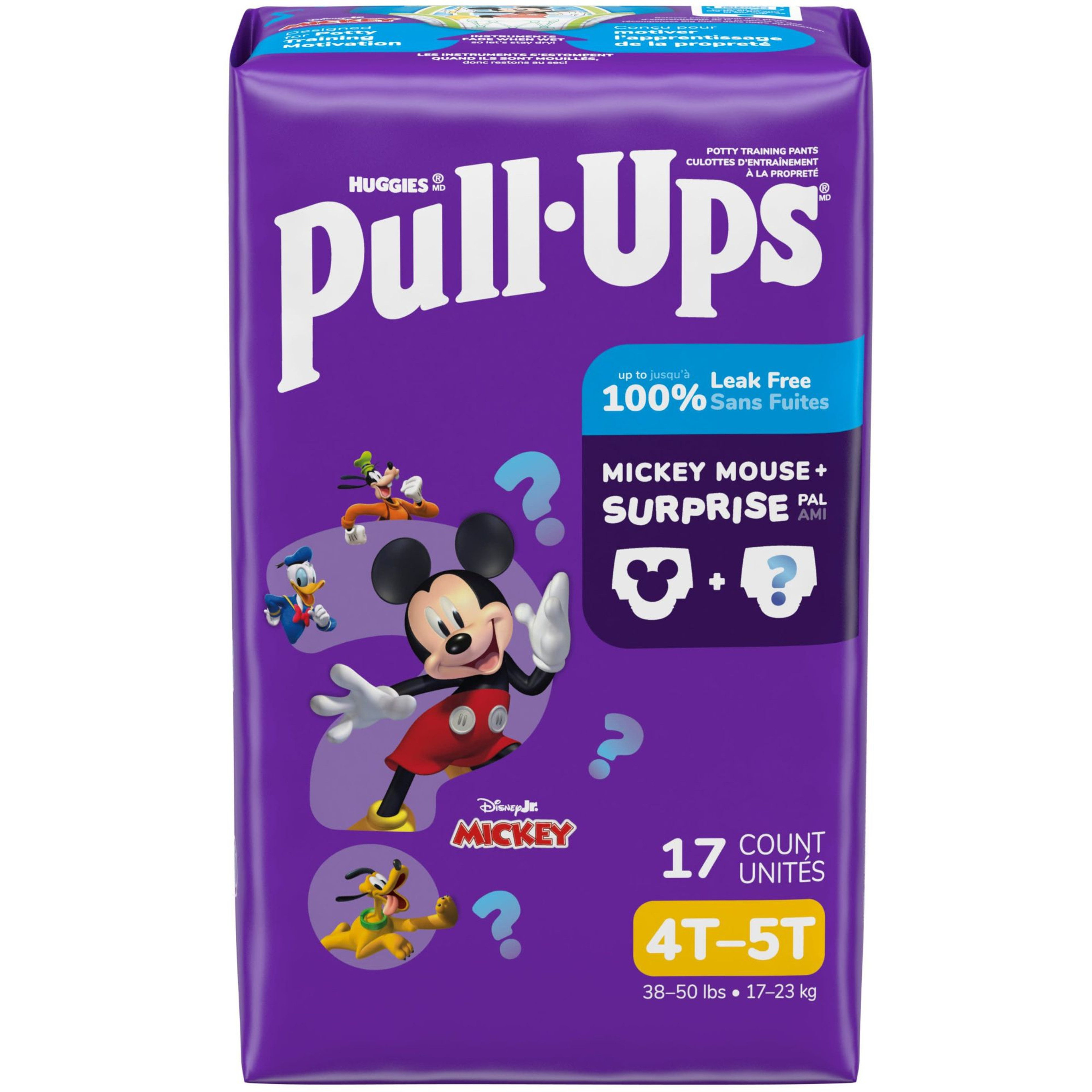
Arrives Sat, Jan 3 - Tue, Jan 6
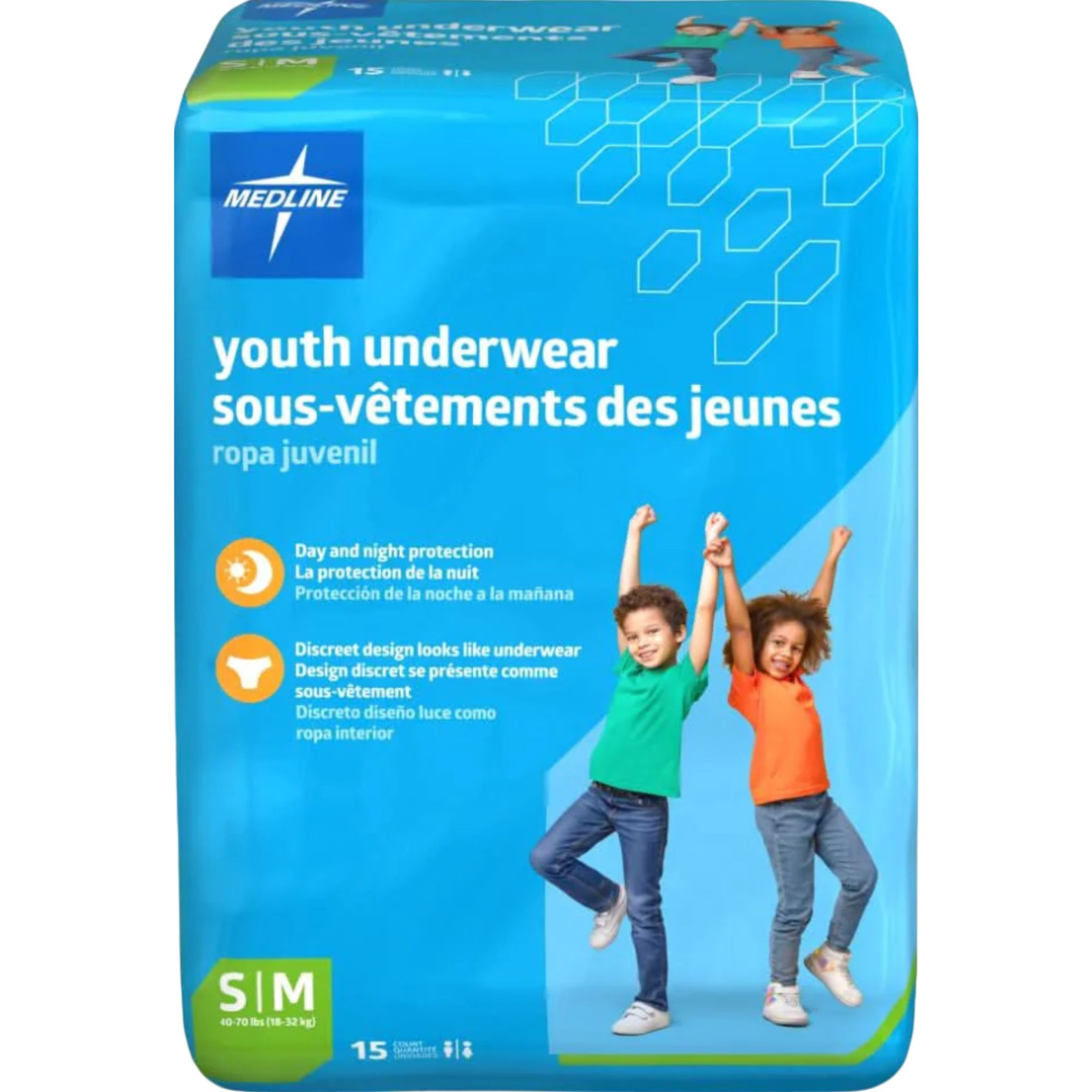
Arrives Sat, Jan 3 - Tue, Jan 6
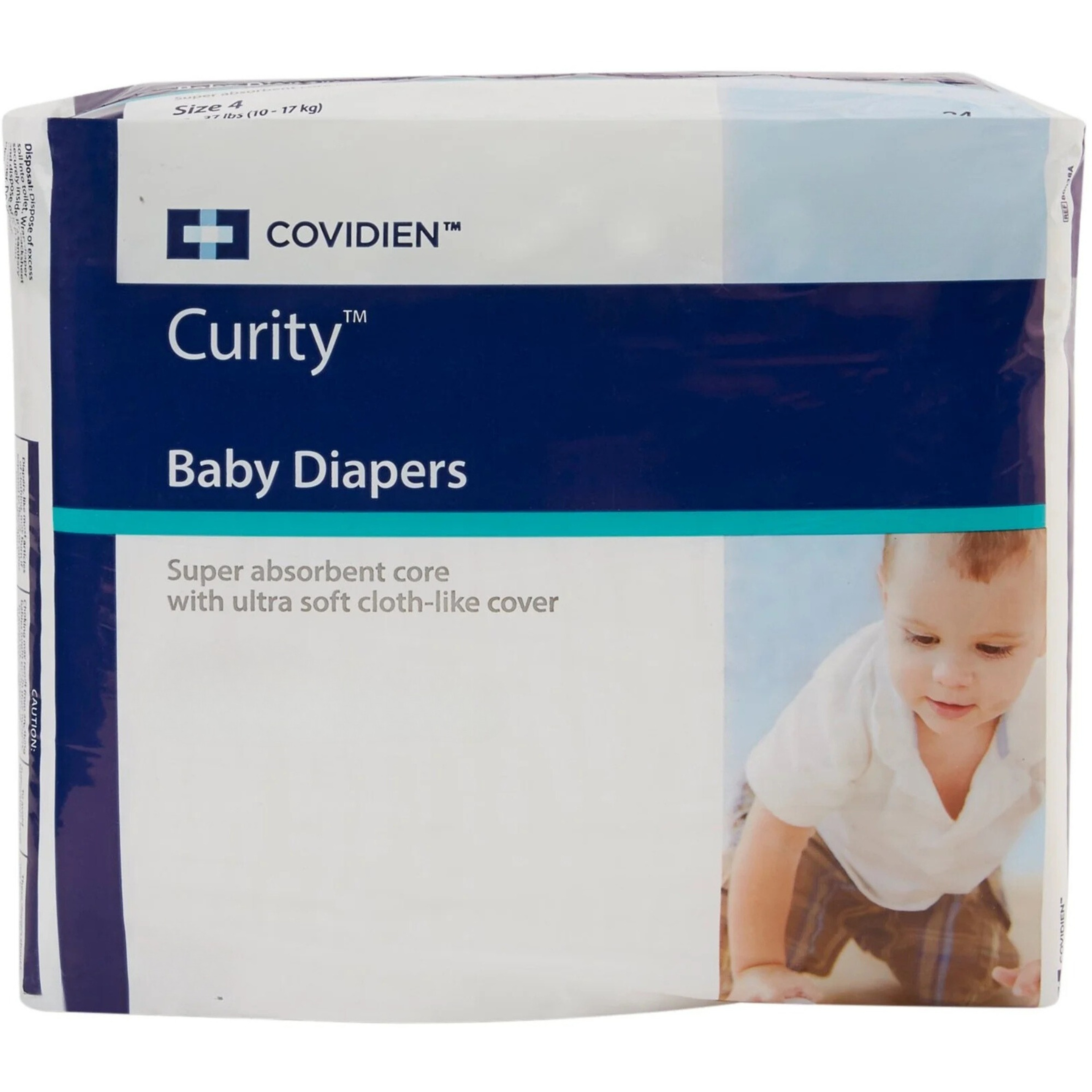
Arrives Sat, Jan 3 - Tue, Jan 6

Arrives Sat, Jan 3 - Tue, Jan 6
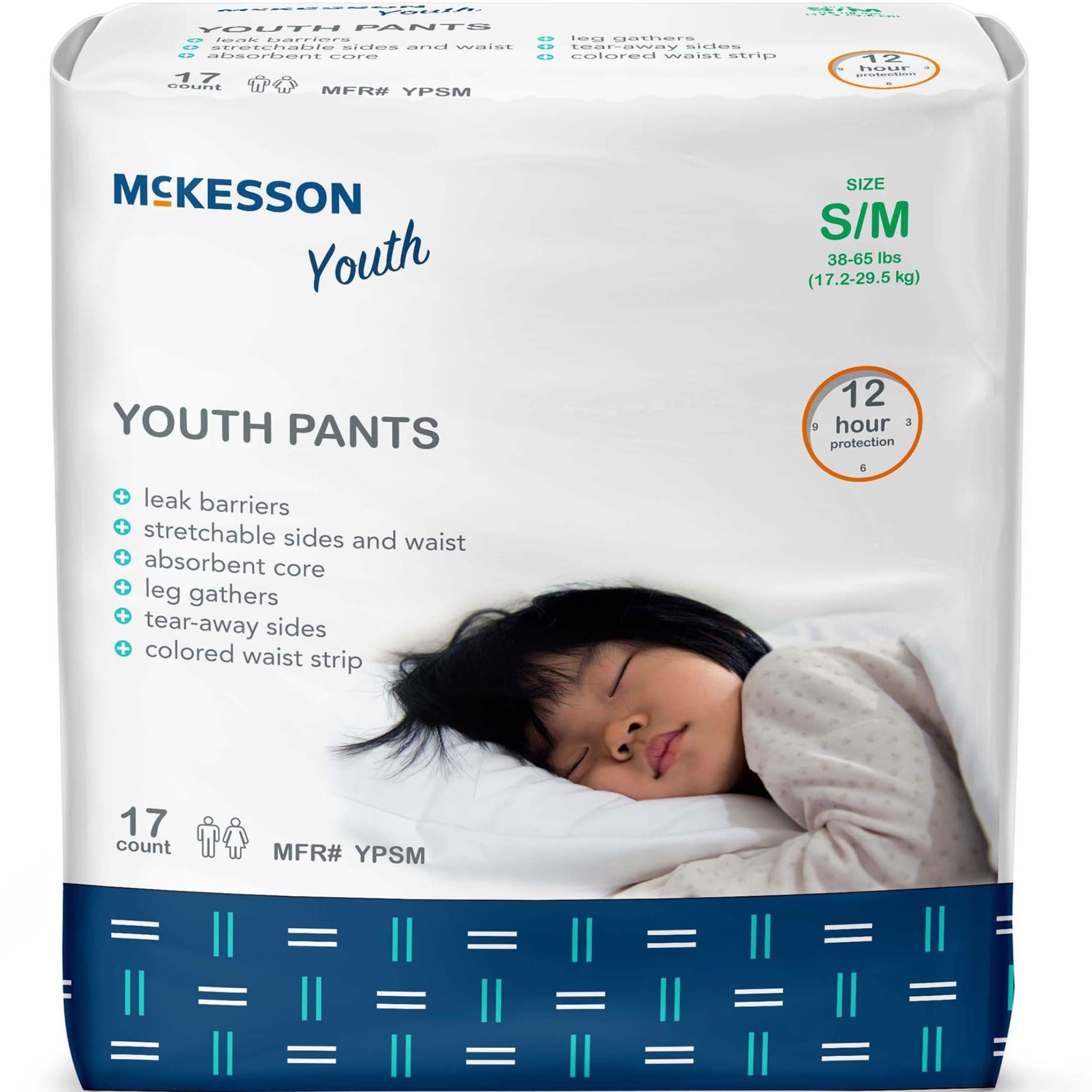
Arrives Sat, Jan 3 - Tue, Jan 6
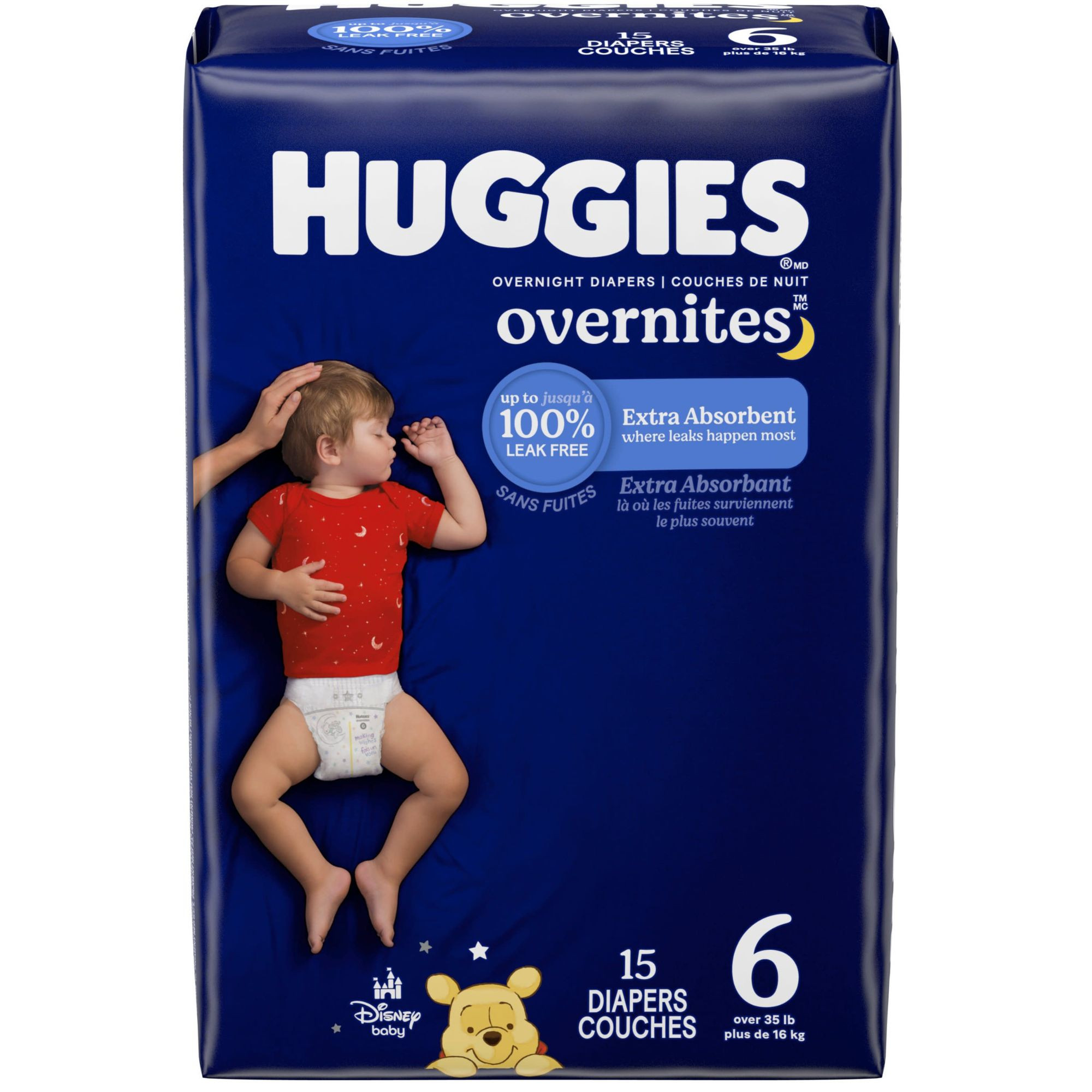
Arrives Sat, Jan 3 - Tue, Jan 6
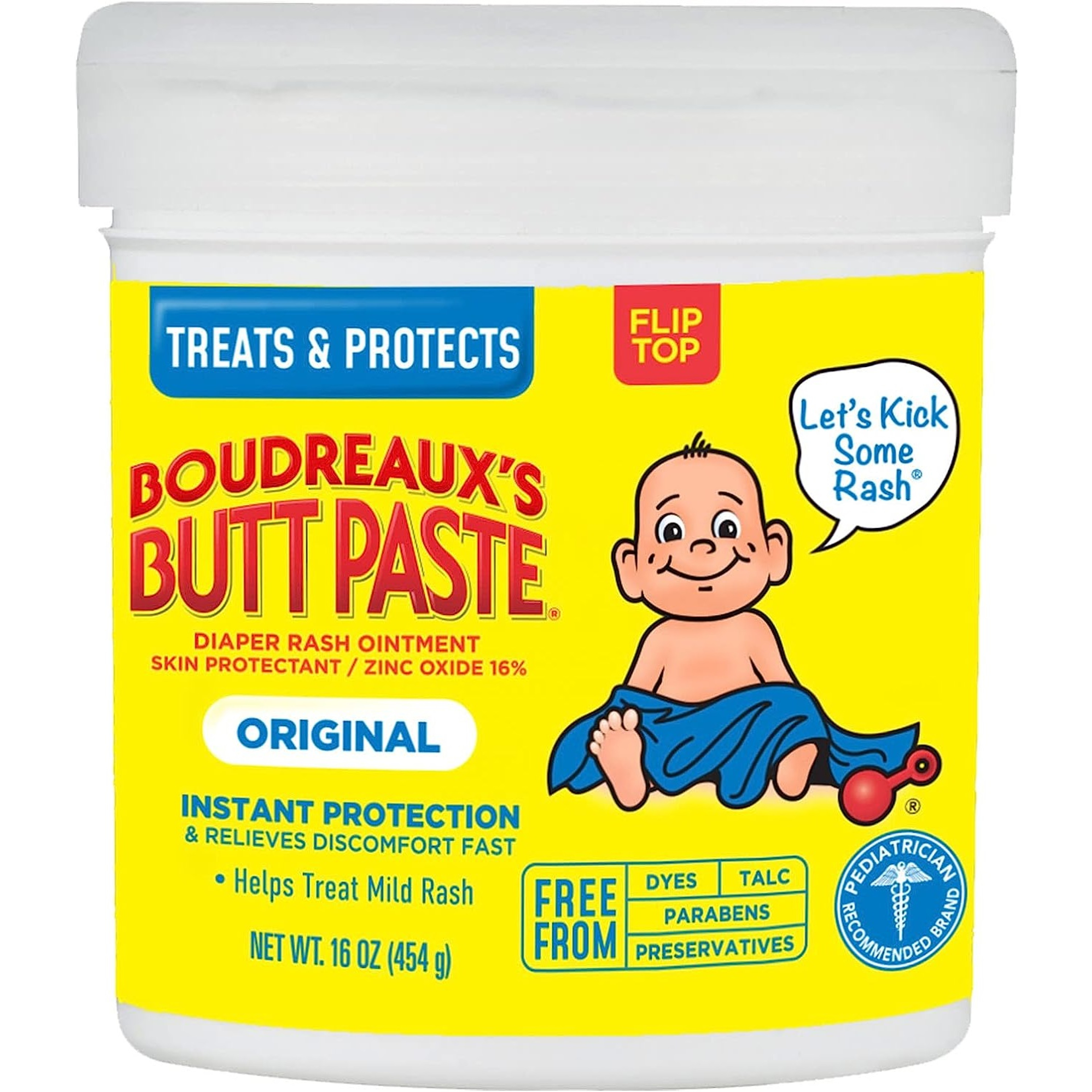
Arrives Sat, Jan 3 - Tue, Jan 6
FSA & HSA eligible
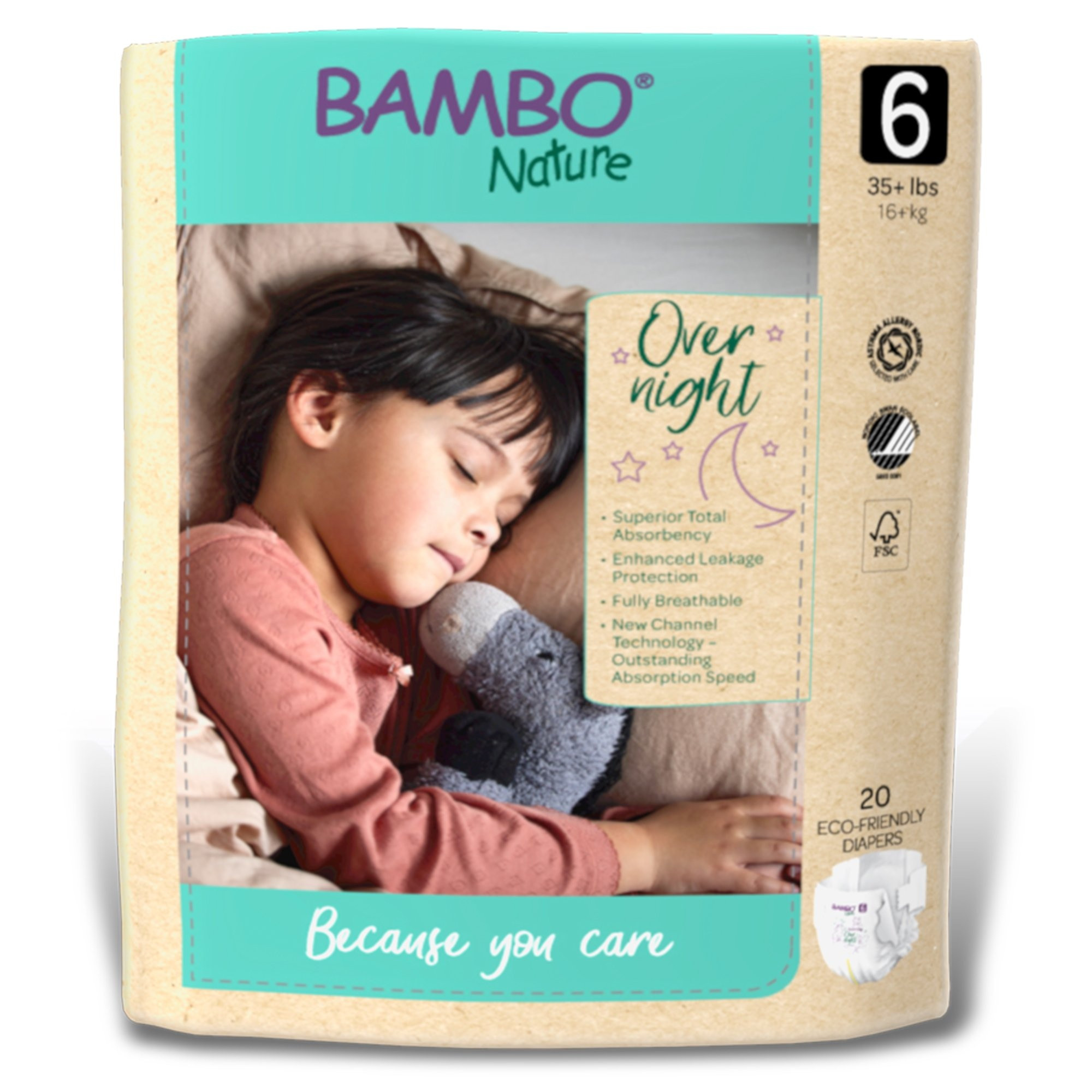
Arrives Sat, Jan 3 - Tue, Jan 6
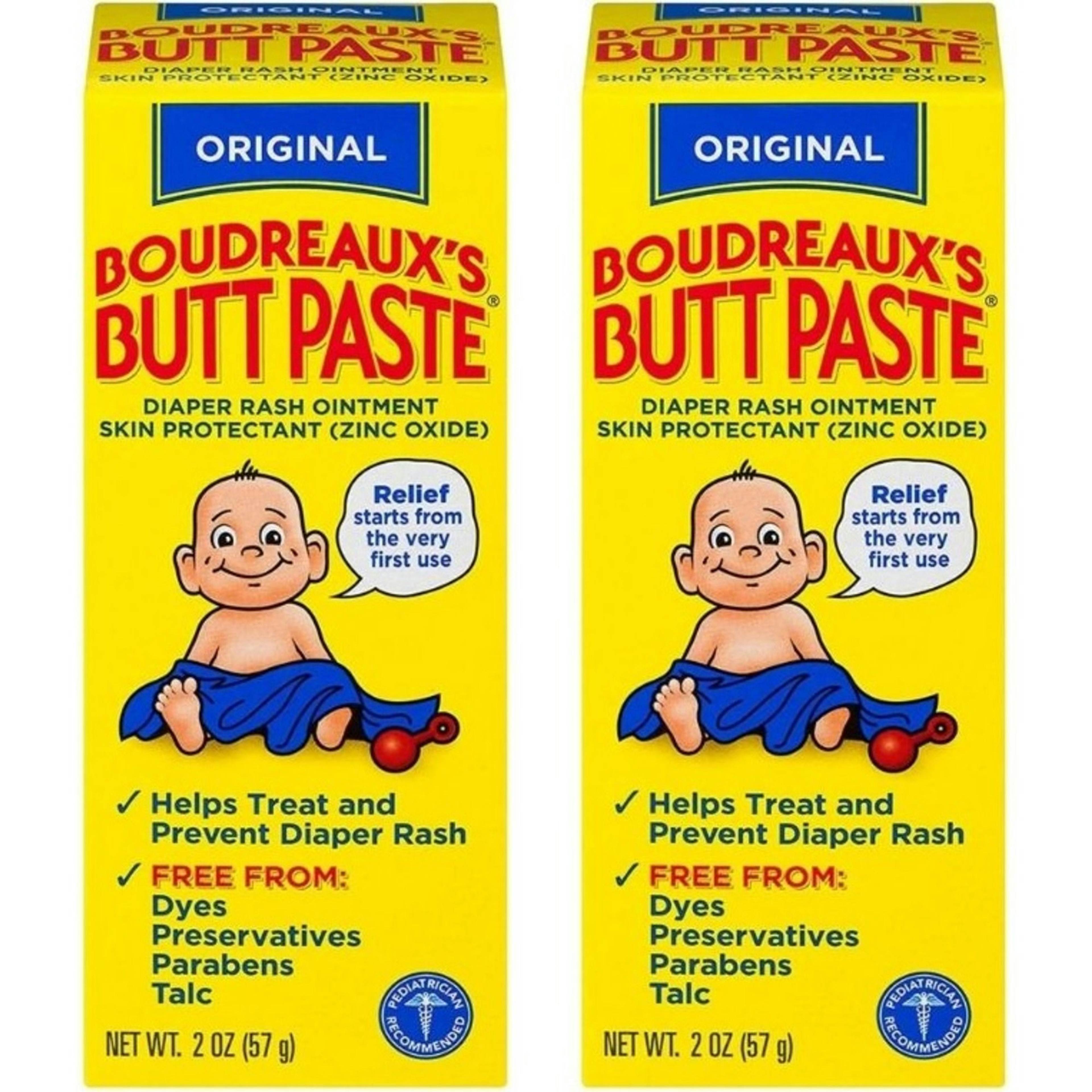
Arrives Sat, Jan 3 - Tue, Jan 6
FSA & HSA eligible
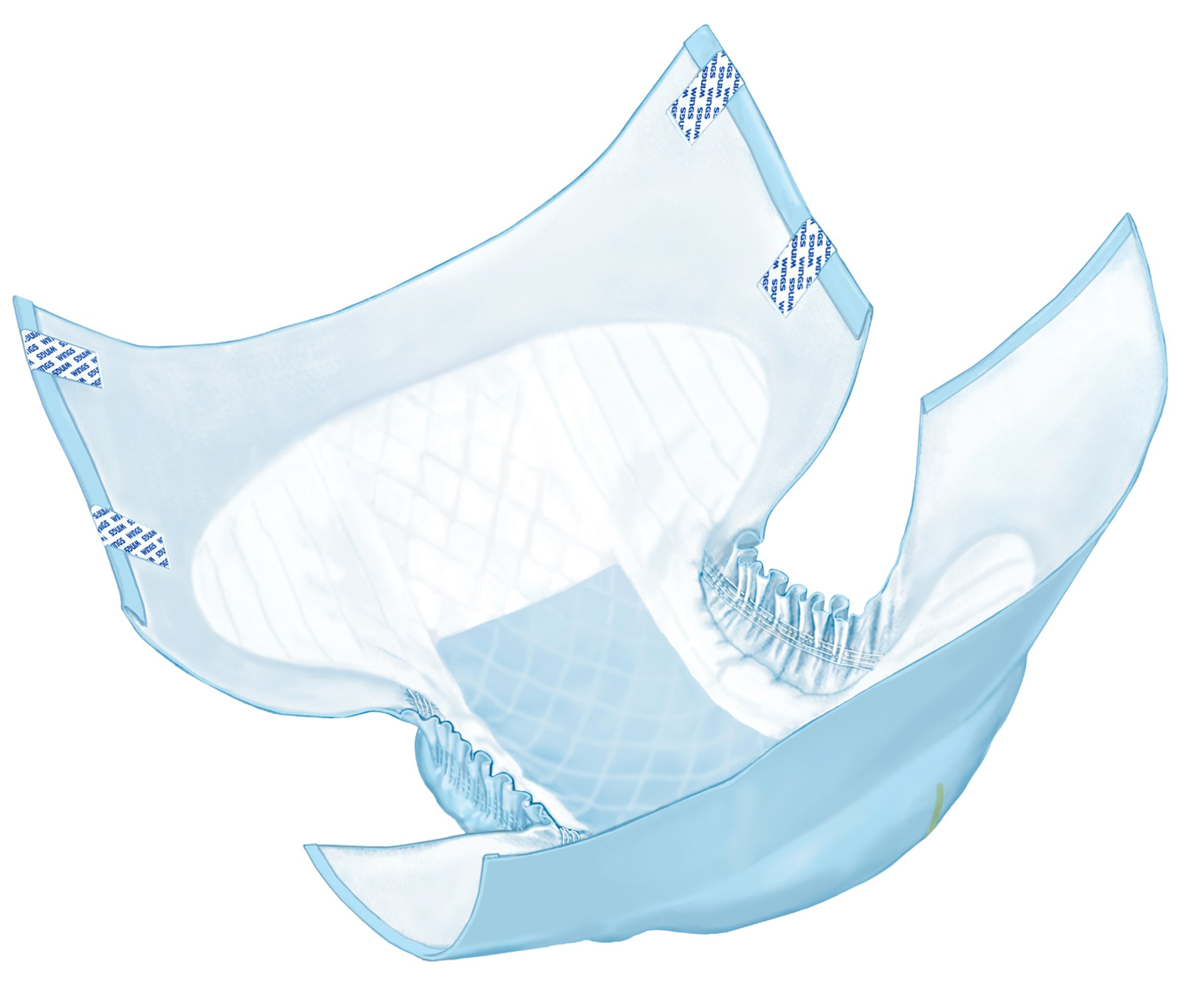
Arrives Sat, Jan 3 - Tue, Jan 6
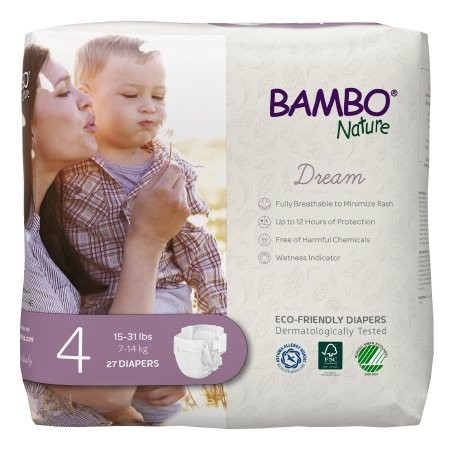
Arrives Sat, Jan 3 - Tue, Jan 6
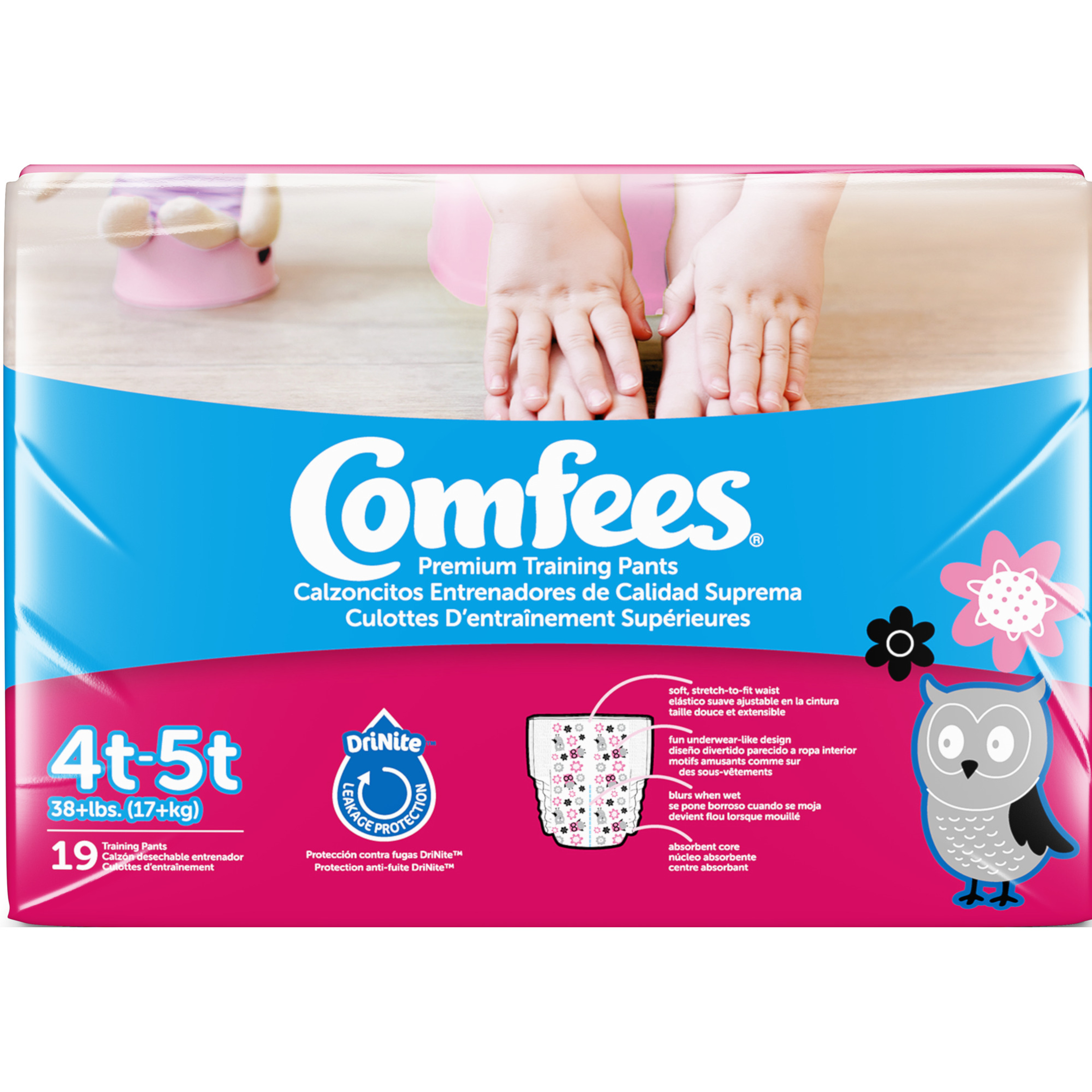
Arrives Sat, Jan 3 - Tue, Jan 6
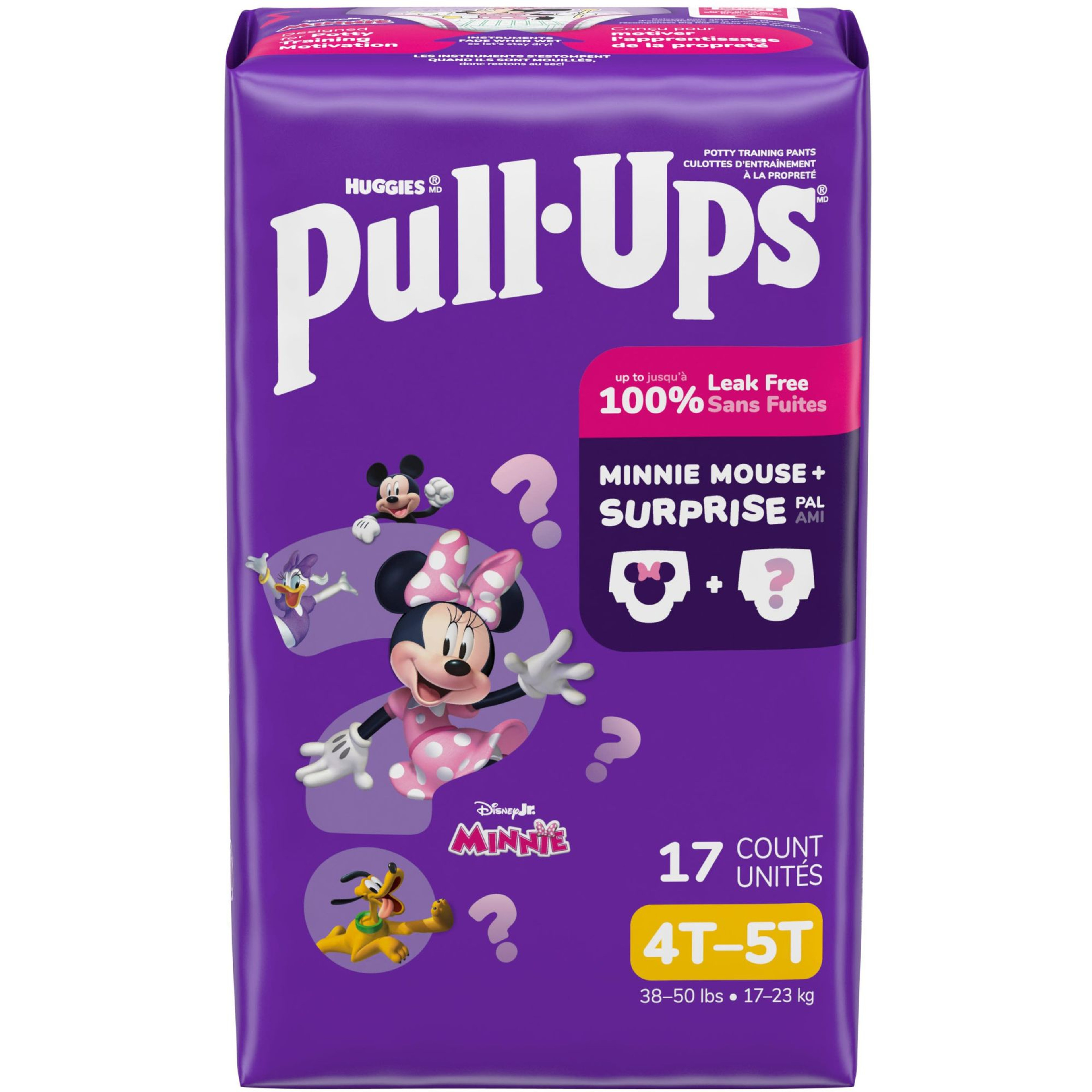
Arrives Sat, Jan 3 - Tue, Jan 6
Keeping your baby comfortable, dry, and happy starts with choosing the right baby diapers and essential skin care products. You'll find excellent options from trusted brands like Cuties and Comfees, offering gentle newborn diapers for a snug and secure fit, reliable diapers with tabs for adjustable protection, and overnight diapers with enhanced absorbency for uninterrupted sleep. As your little one grows and begins potty training, pull-ups and potty training pants (often simply called training pants) from these quality brands also provide an easy-to-use option that promotes independence.
Protecting your baby's delicate skin is just as crucial as keeping them dry. To effectively prevent and treat common diaper rash, a quality diaper rash cream or ointment is a diaper bag essential. Look for soothing barrier creams, often containing ingredients like zinc oxide, to calm irritation, create a protective layer, and shield sensitive skin from moisture. We reccomend Desitin Maximum Strength Cream. Selecting the right combination of absorbent disposable diapers, along with protective skin care creams, ensures your baby stays comfortable and their skin remains healthy and free from irritation.
Explore a wide selection of these essential baby diapers, training pants, and diaper rash creams at Carewell and enjoy fast, free shipping on all orders over $49.